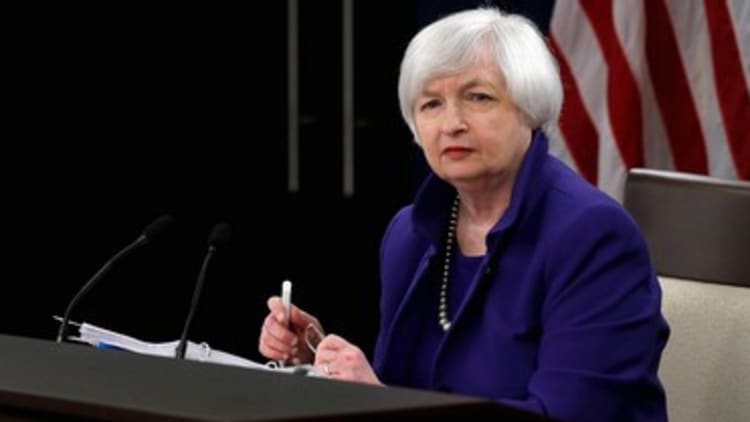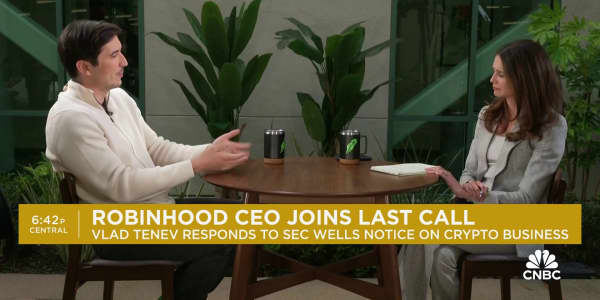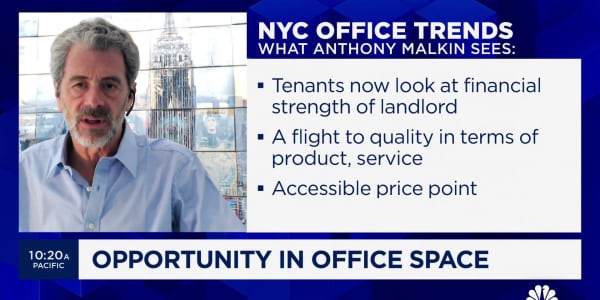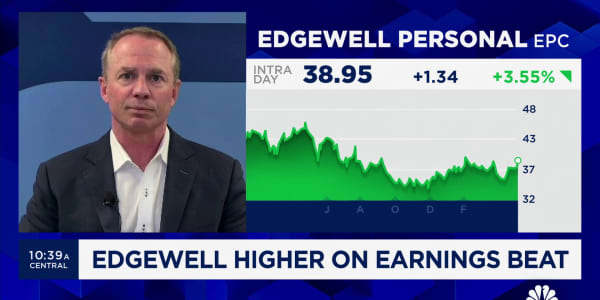
Monday's market mauling only helped underscore the Fed's big challenge this year, namely raising interest rates in a slow-growth environment.
In the best-case scenario, the U.S. central bank will have to deal merely with another year of a directionless market searching for price discovery, the end result being the flattish to slightly lower result that played out in 2015.
However, things could get considerably darker. Monday's sell-off represented the worst opening day of trading in 84 years and January has been an effective historical proxy for the market's full-year behavior.
Thus, in the worst-case scenario the Fed could find itself tightening policy to put a lid on inflation while the rest of the economy continues to grow at a mediocre pace, all while the financial markets remain in tumult. They had a word for such a condition in the 1970s: stagflation.
Read More The Fed in 2016: THIS is what to watch out for
"I'm wondering about the possibility," said Jim Paulsen, chief market strategist at Wells Capital Management. "What if we get inflation evidence but we don't change growth? What does the Fed do?"
In recent days, Fed officials have done a considerable amount of talking, with most, including Vice Chairman Stanley Fischer, sticking to the script that the central bank officials will proceed carefully. However, Fischer did offer up some hawkishness, saying it would be proper for the Fed to raise rates in case the market got overheated. Also, Cleveland Fed President Loretta Mester said she'd prefer a quicker pace of increases even absent clear signs of inflation pressure.
Paulsen said inflation signs could become more visible in fairly short order. Specifically, he is watching cost-push inflation, or when rising costs in wages or materials push prices higher.
Average hourly earnings remain fairly in check, with annualized gains most recently at 2.3 percent. The nonfarm payrolls report for December, to be released Friday, is expected to show a 0.2 percent monthly wage gain, which would be enough to push the annualized increase to 2.8 percent.
Read More El-Erian: 2016 will be all about volatility
Paulsen paints a scenario in which wages continue to climb and commodities bottom and begin a recovery. The Fed already has indicated, through projections released after the December Federal Open Market Committee, that it expects to hike rates four times in 2016, even though the market is pricing in only two or three increases.
Those rate hikes would come to an economy where growth is clearly slowing. Full-year gross domestic product gains for the year ahead are projected at 2.6 percent, but economists have been feverishly reducing their fourth-quarter projections, with JPMorgan on Monday cutting its forecast to 1 percent, halving the estimate from its previous target. The Atlanta Fed has sliced its estimate to 0.7 percent, while the CNBC/Moody's Analytics GDP Survey is looking for 1.7 percent.
Finally, corporate earnings remain mired in a recession, with an ugly fourth-quarter reporting season to come. Current estimates see profits on the declining 5.23 percent, according to S&P Capital IQ. If things go according to historical trend, the final number will be a good deal better but still likely negative. Analysts expect growth of 7.6 percent for the full-year 2016, but that number has been declining, as well.
For investors, a landscape of weak growth, wobbly markets and less accommodative monetary policy makes for a rocky landscape.
"The Fed still has to raise rates even if we have to worry about growth. That's really a tough box for stock investors," Paulsen said. "I'm not sure that it's going to be runaway stagflation, but I think it's going to be in the mix for the year. That's the kind of backdrop for this opening day."
Stocks sold off sharply Monday, with major averages dropping more than 2 percent on renewed fears of a China slowdown. The U.S. sell-off, however, was less severe than in other markets around the world.
Read MoreWall of worry for stocks just got higher
Investors will be able to find some opportunities amid the volatility, though the stagflation scenario is plausible, said Quincy Krosby, market strategist at Prudential Financial.
"You're going to have volatility. It's very much going to be an opportunistic market, it's going to be a stock-specific market," she said. "It's not going to be this automatic buy on the dip."
Investors won't be the only ones trying to negotiate the market. The Fed also will have to tiptoe through a minefield, while likely facing some tough questions about the past seven years of ultra-easy monetary policy and the road ahead.
"Remember something: The Fed was underpinning the market," Krosby said. "Now that you've got a Fed that's telling you we want to continue the normalization process, markets need to unwind. They need to find the equilibrium in terms of valuation and fundamentals. This market has to do its homework."






